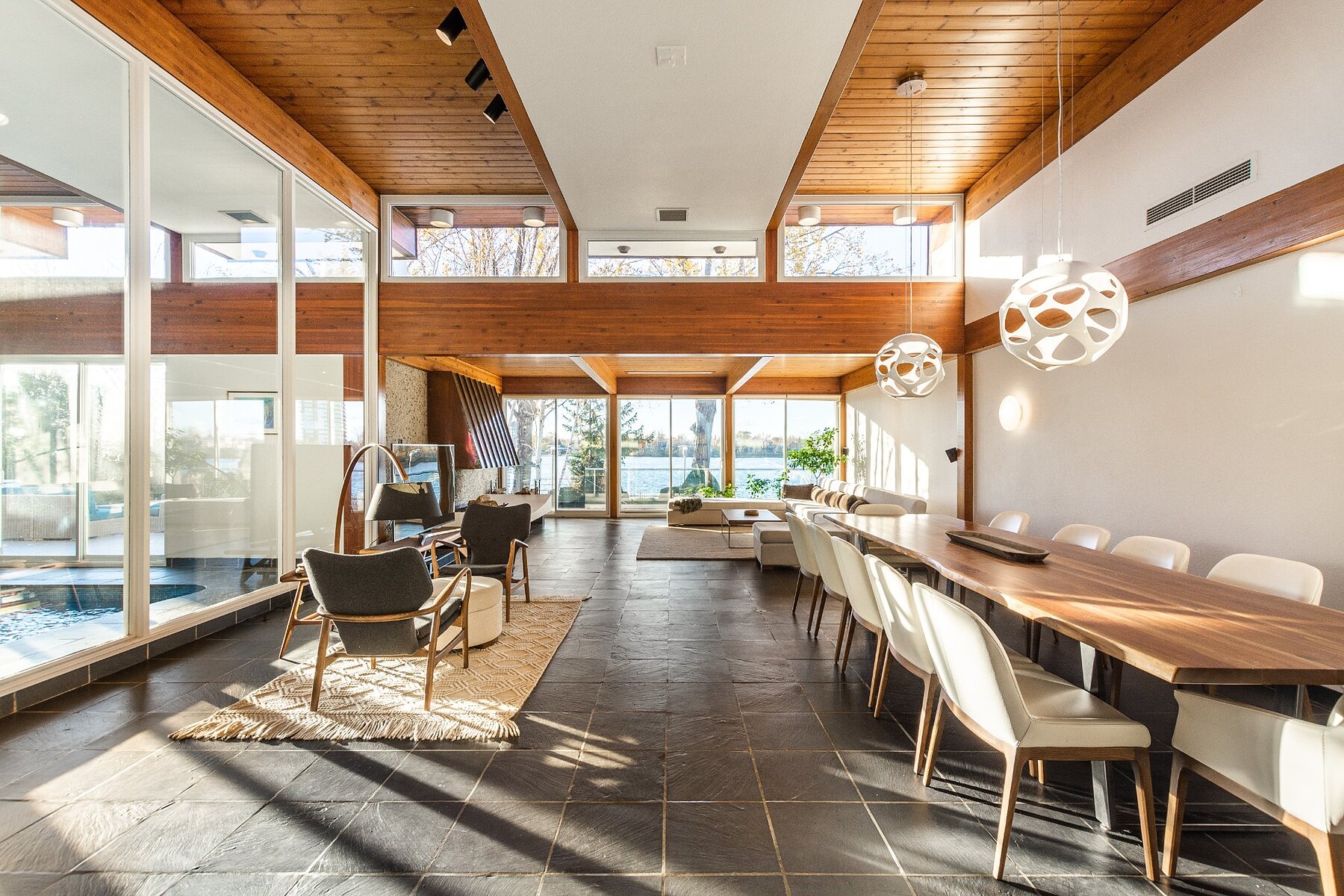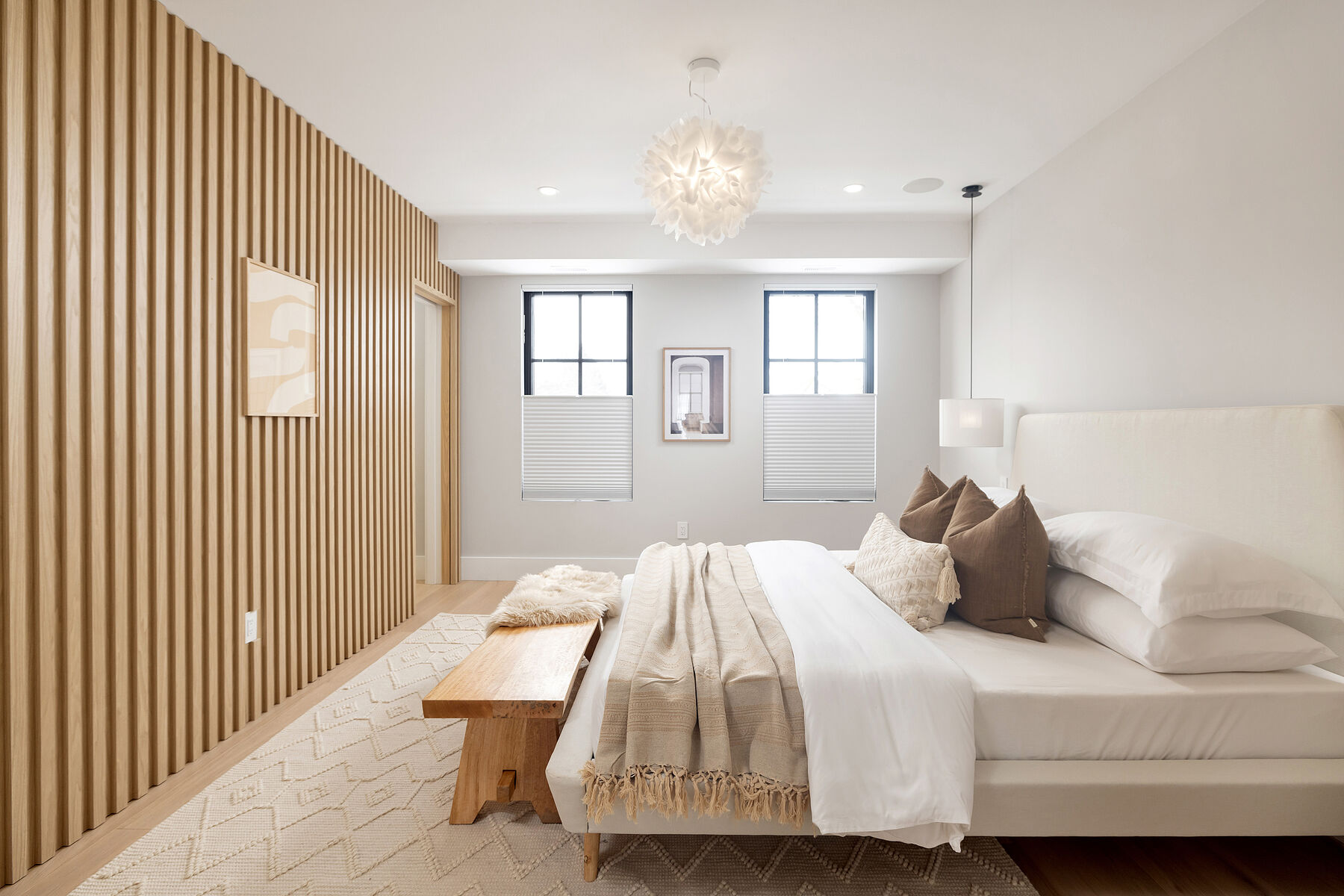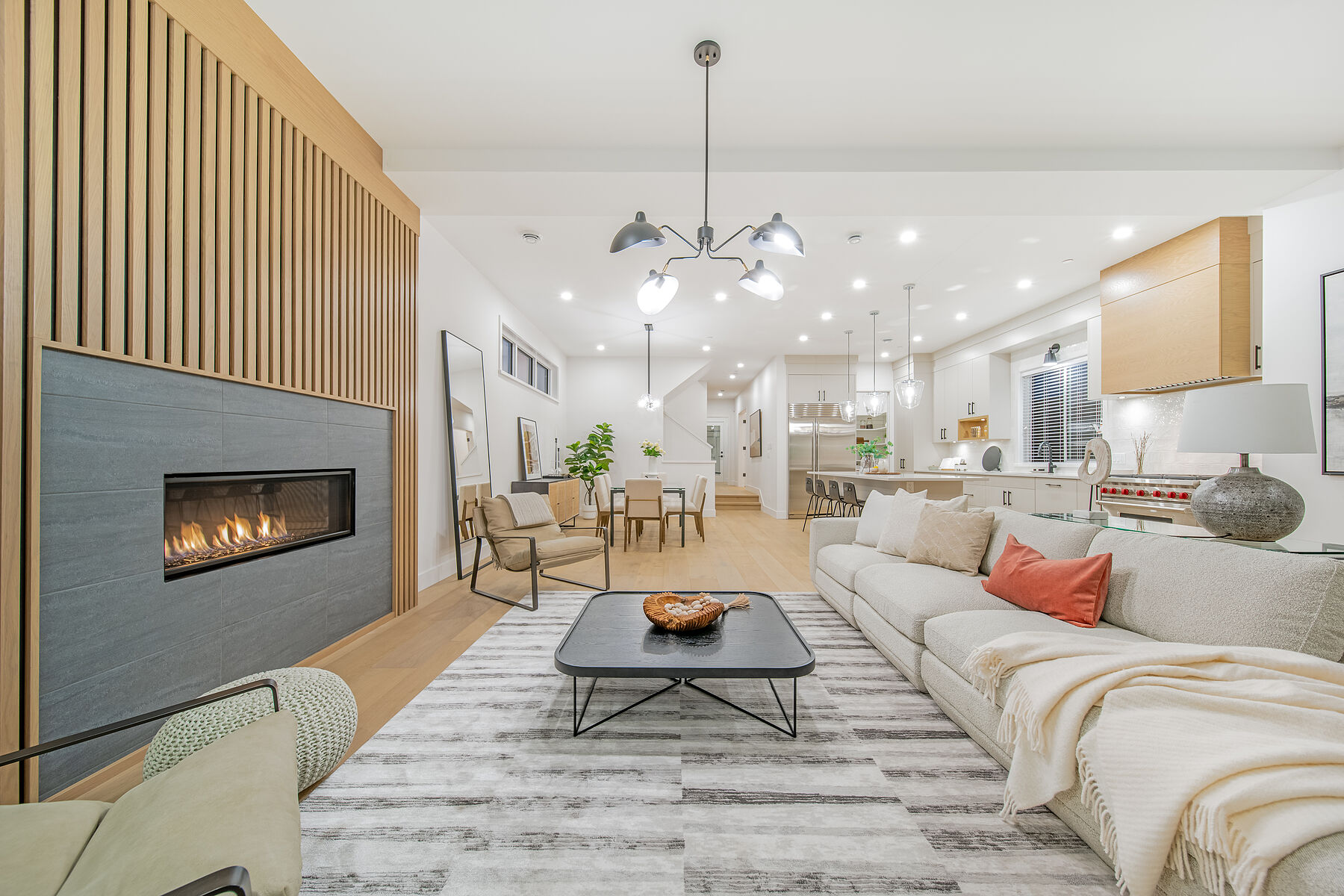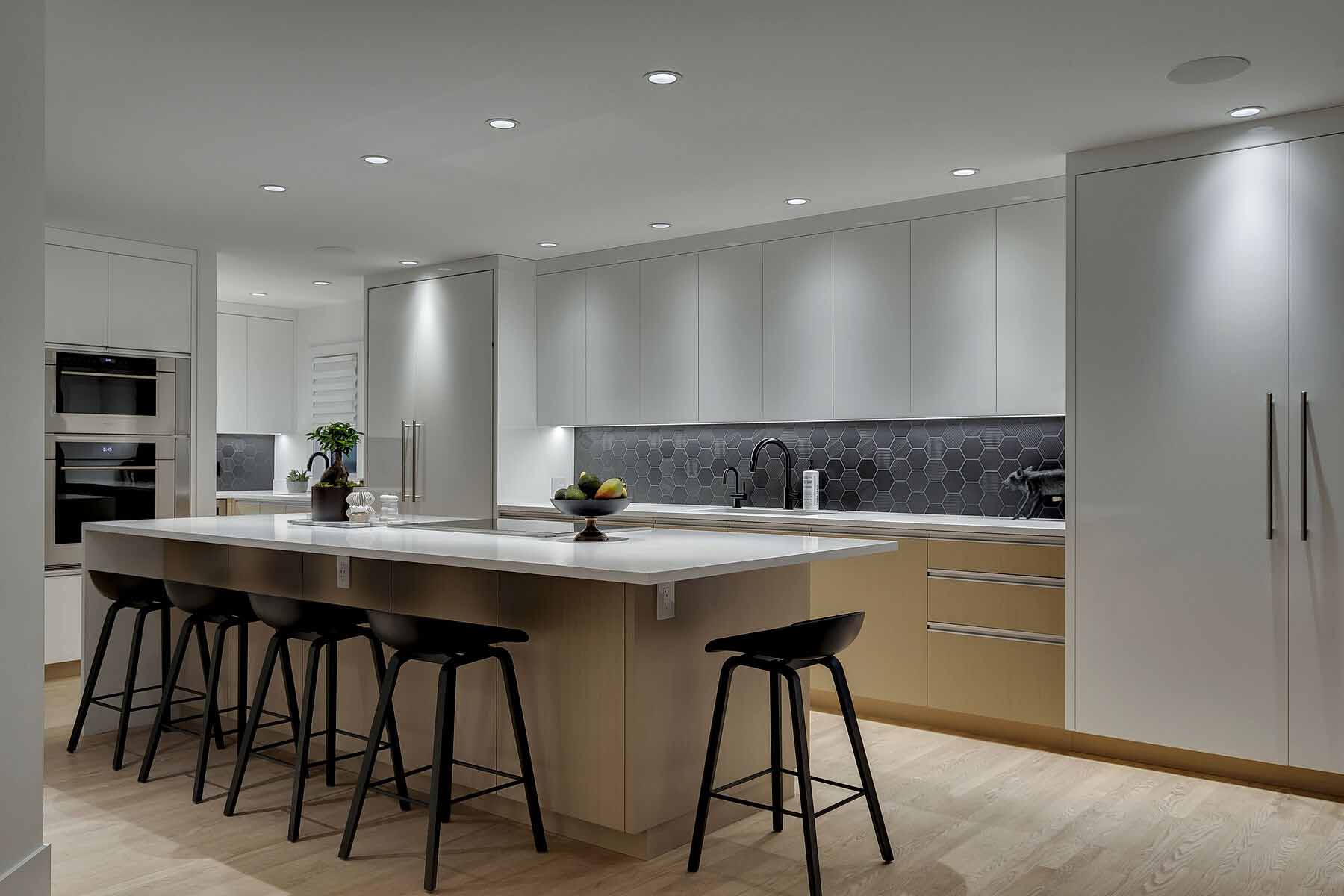The term “modern” gets tossed around a lot these days, often to mean “contemporary” or current. We search for “modern kitchen designs” or “modern homes”, not necessarily meaning anything other than “fresh” or “new”. But as a design ethos, modernism is its own distinct moment and school of thought. It isn’t what’s happening in the now, but rather, modernism serves as a snapshot of a particular time period and style of design that is still relevant today.
Modern design philosophies and practices were established during the early-to-mid 20th century: originating in Europe, modernism rejected the excessive ornamentation that characterized the 19th century and envisioned new, rational living spaces where every room, object, and material had a purpose. Typically, modern design is identified by clean lines and minimal clutter, as well as design features that are visually striking while also practical.
Born in part out of technological advancements that allowed for affordable, mass-produced furniture, as well as the recognition that form should always follow function, modernism has remained a favourite of design aficionados around the world. Elements like natural materials, open-concept floor plans, and an overall lack of ostentation typify modern design. If you’re looking to pare down your space and embrace the lasting impact of modern design, here are a few features you can incorporate into your own home.
Mid-Century Modern Details
Within the blanket category of modernism are different design subsets, perhaps the most famous of which is mid-century modern. This décor movement is distinguished by the tapered furniture profiles and bold colours—mustard, avocado, pumpkin—typical of the period between the 1930s and 1960s.
The famous designers and artists who shaped the mid-century modern esthetic include Charles and Ray Eames, who are perhaps best known for their Eames Lounge Chair, and Arne Jacobsen, who created the iconic Egg chair and Swan chair. To incorporate mid-century elements into your home, choose seating from the movement’s most influential designers: many of these designs are still produced—and are still popular—today. The unique shape of the Tulip Chair, designed by Eero Saarinen and featuring a single pedestal leg in rounded white fibreglass, acts as a sinuous dining room focal point. Sleek teak coffee or dining tables, pendant lights that recall vintage Arteluce designs by Gino Sarfatti, and leather slingback lounge chairs all lend mid-century modern sophistication to a space.
Natural Materials
In its rejection of overt ornamentation, modern design was far more concerned with the materiality and craftsmanship of furniture, rather than its added flourishes. Materials like teak, moulded plywood, and leather are a staple of modern homes, and complement the often muted colour schemes. However, these natural materials are juxtaposed with the new, synthetic materials of the mid-20th century, such as plastic and Plexiglass, creating both a balance and tension between the organic and the manufactured. When furnishing your own modern space, select pieces that emphasize the strengths of the material used, like durable but stylish walnut side tables and dining tables that display a natural wood grain.
Open Plan Interiors
Of course, modernism isn’t limited to interior décor and industrial design; it also describes the architecture of the early- to the mid-20th century. Open-concept floor plans became increasingly common as ornamentation fell out of favour—because the best way to declutter a small room is to make it a large room. Modernist homes created a sense of freedom, flow, and continuity, and as a result, open floor plans remain a common request for home renovators today. Getting rid of wall interruptions lets your home breathe, and you can differentiate your rooms with strategically-placed furnishings instead. Combining your kitchen and dining areas is a great way to start incorporating modern flair into your home. Embrace natural light by nixing curtains and other window adornments, and consider sightlines when planning layouts—seating near a large picture window does wonders for creating a sense of expansiveness.
Minimalism
Perhaps one of the most important aspects of modernism—as well as the easiest to implement—is the pared-down, minimal design aesthetic. Modernism holds in high regard notions of functionality, continuous lines, and the ethos that less is more. Turn to well-designed but unfussy pieces to maintain the sense of airiness achieved by an open layout. Minimalism can also be translated through neutral colours like whites, creams, and beiges, which pair well with steel, concrete, glass, and the natural materials that form the structure of the home. Select pieces of furniture that won’t unbalance a space or overwhelm the senses. Remove any unnecessary décor pieces or items that no longer suit your style; modernism is about informed choices and letting pieces stand on their own, rather than saturating a room so that it feels overdone.
Modernism remains one of the most influential design movements, and for good reason. Smart design and effortless function meet in an elegant home, resulting in a stunning yet livable space that doesn’t rely on passing trends.
This article was published on March 7, 2022. This article was originally published on Sotheby’s International Realty’s Extraordinary Living Blog and has been adapted for Sotheby’s International Realty Canada’s Insight Blog.







